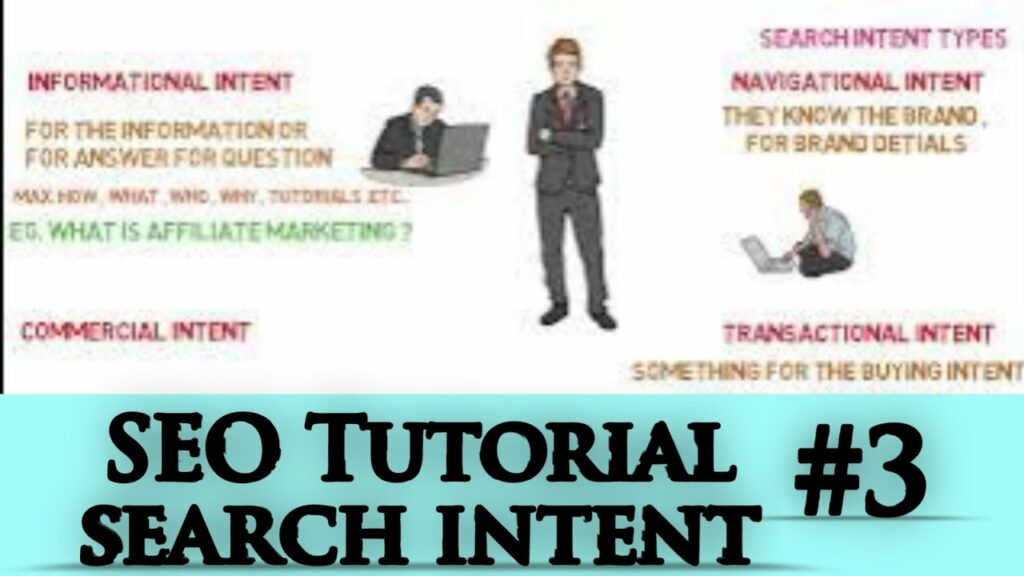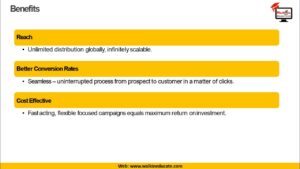
Hello friends ,
in this video we going to see search intent in Search engine optimizatrion .
Time stamp :
0:20 – Introduction
0:54 – parts of keyword research
1:35 – search intent types
Previous videos :
What is seo :
SEO Tutorials ;
Part 1:https://youtu.be/1ofXbL_EZoY
part 2:https://youtu.be/eKZGtwYuuEU
You need start the affiliate program for free , Just start with us in telegram,
Telegram :
https://t.me/affiliategroupreality
instagram :
https://www.instagram.com/re.ality_world/
============================================================
Search intent :
SEO search intent, also known as user intent, refers to the purpose or motive behind a user’s search query. Understanding search intent is crucial for search engine optimization (SEO) because it helps businesses create relevant and valuable content that matches what users are looking for.
There are generally four types of search intent:
Informational Intent: Users are looking for information or answers to their questions. They may be seeking definitions, explanations, how-to guides, tutorials, or other educational content.
Navigational Intent: Users are searching for a specific website or web page. They have a clear destination in mind and want to reach it directly. This type of search intent often includes brand names or specific URLs.
Transactional Intent: Users are ready to make a purchase or engage in a specific transaction. They may be looking for product reviews, price comparisons, or specific terms like “buy,” “order,” or “coupon.”
Commercial Investigation (or Investigational) Intent: Users are in the research phase and considering various options before making a decision. They may be comparing products, reading reviews, or seeking recommendations.
To optimize your website for search intent, consider the following tips:
Understand your target audience: Research and analyze your audience’s needs, preferences, and search behavior to align your content with their intent.
Create relevant and valuable content: Develop high-quality content that directly addresses the user’s search intent. Provide comprehensive answers, detailed guides, or actionable information.
Use keyword research: Identify relevant keywords and key phrases that align with the search intent you are targeting. Use them strategically in your content, titles, headings, and metadata.
Optimize for featured snippets: Aim to provide concise and informative answers to common questions related to your industry. This increases the likelihood of your content appearing as a featured snippet, which can drive more visibility and traffic.
Improve user experience: Ensure your website is easy to navigate, loads quickly, and is mobile-friendly. A positive user experience can contribute to higher rankings and increased user engagement.
Analyze and refine: Continuously monitor your website’s performance, analyze user behavior, and make adjustments based on the insights gained. This iterative process allows you to refine your SEO strategy and better meet user intent.
Remember that search intent can vary based on the specific query and individual user preferences. It’s essential to continually adapt your SEO approach to stay aligned with evolving user needs and search engine algorithms.
I hope this video is useful to you …
Thankyou for watching …..
source







